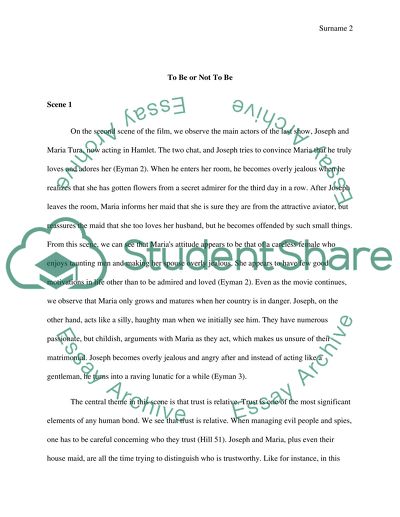Cite this document
(The Role of Hitler with the Humorous Notion of the Film Assignment Example | Topics and Well Written Essays - 1750 words, n.d.)
The Role of Hitler with the Humorous Notion of the Film Assignment Example | Topics and Well Written Essays - 1750 words. https://studentshare.org/visual-arts-film-studies/1656608-the-role-of-hitler-with-the-humorous-notion-of-the-film
The Role of Hitler with the Humorous Notion of the Film Assignment Example | Topics and Well Written Essays - 1750 words. https://studentshare.org/visual-arts-film-studies/1656608-the-role-of-hitler-with-the-humorous-notion-of-the-film
(The Role of Hitler With the Humorous Notion of the Film Assignment Example | Topics and Well Written Essays - 1750 Words)
The Role of Hitler With the Humorous Notion of the Film Assignment Example | Topics and Well Written Essays - 1750 Words. https://studentshare.org/visual-arts-film-studies/1656608-the-role-of-hitler-with-the-humorous-notion-of-the-film.
The Role of Hitler With the Humorous Notion of the Film Assignment Example | Topics and Well Written Essays - 1750 Words. https://studentshare.org/visual-arts-film-studies/1656608-the-role-of-hitler-with-the-humorous-notion-of-the-film.
“The Role of Hitler With the Humorous Notion of the Film Assignment Example | Topics and Well Written Essays - 1750 Words”. https://studentshare.org/visual-arts-film-studies/1656608-the-role-of-hitler-with-the-humorous-notion-of-the-film.


